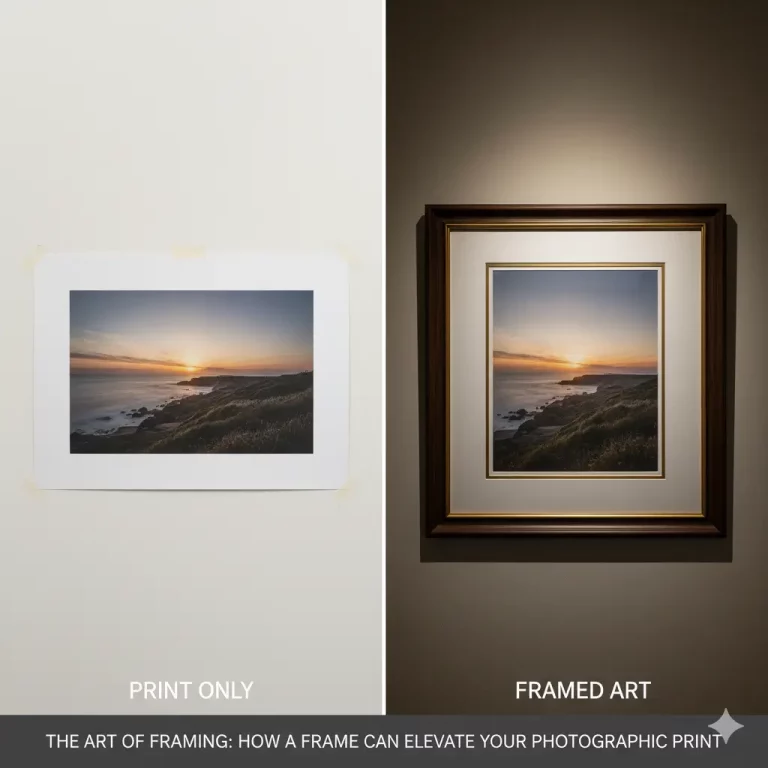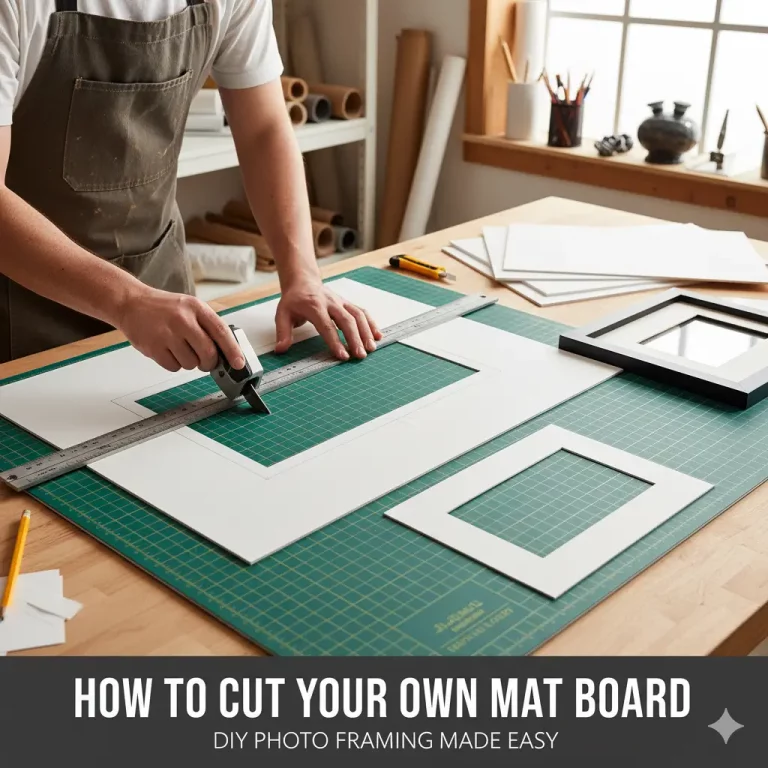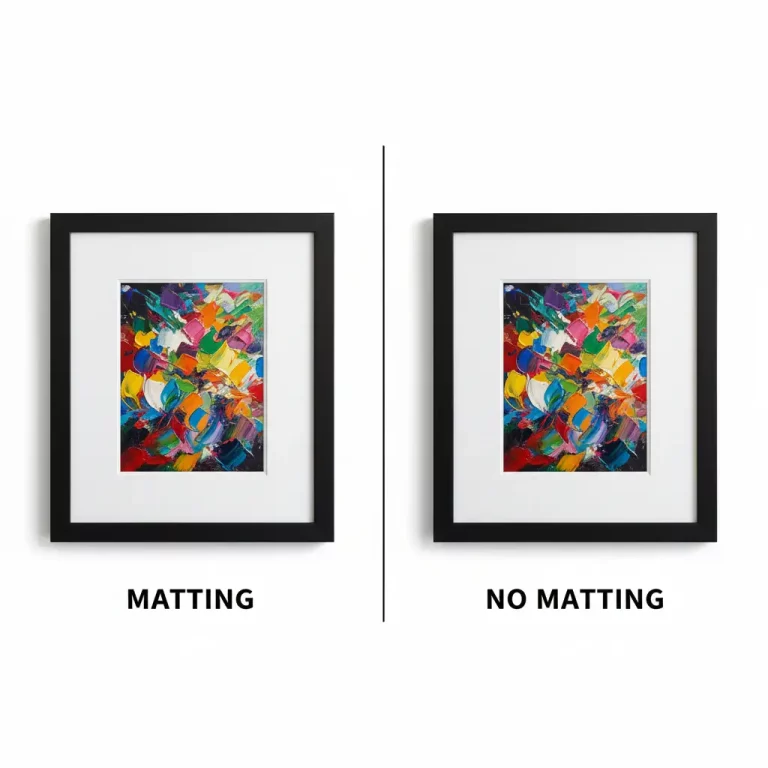Introduction
It is a blend of technology with traditional art that has led to new innovations in the creation, viewing, and interaction with artistic works. The integration of augmented reality into canvas art is one notable example of how technology has augmented art in recent years. The static works like paintings and sculptures can now be propped up for all kinds of engaging, active, and immersive experiences.
This blog focuses on the impacts of AR on traditional art forms, helping artists and lovers grasp a world where bounds are only capped by the limits of technology available.
The Rise of AR in Art
Technology did take a while to implement augmented reality features in the art industry, but today faster than ever AR is being absorbed in the world of art. From showing videos and making animations or integrating interactive content to the work of art, augmented reality does it all transcending the divide in digital and traditional art.
Such platforms helping revolutionize the world of art include Artivive, where artist’s paintings can now be animated and made AR-ready, helping them extend the static canvas borders.
With Artivive, users have the option to scan a physical artwork, such as a painting or a mural, with their tablets or smartphones, revealing animations, stories, or contextual layers.
The rise of Artivive goes hand in hand with the increasing accessibility of AR technology. This makes it a lot easier for artists who may not have advanced coding knowledge to add these interactive features to their pieces. The Result? Works of art can now be interacted with on a multi-sensorial basis, meaning that oxygen can be breathed into canvas, paper, and other static forms.
Notable Example
Consider Kris Saganová’s project, Headless Anima. An astonishingly simple looking acrylic painting is animated with intricate animations that interact with the painting, all through the magic of AR. In this instance, AR helps to reveal the hidden storyline the artwork holds and in so doing changes the viewing experience from a passive one to an active one through exploration.
With their murals, exhibitions, and other smaller projects, Artivive acts as a host for community driven initiatives that strive to include AR. It is these realizations that transform traditional art into the era of technology and show the fusion sprit of art and technology.
Advantages of Augmented Reality in Art
1. Increased opportunities for storytelling
AR enhances the capability of canvases to tell stories. Incorporating interactive digital features on top of physical art gives creators a chance to tell stories in several layers. Unlike static art pieces, Augmented Reality (AR) enables viewers to access deeper meanings and intricacies through animations, texts, and audios that cannot be embedded into static art pieces.
A painting showing a historical battle, for example, might have an AR feature that shows a timeline with sounds and steps of the important events. This would help the viewers appreciate the context of the painting on a much deeper level.
2. Participation Boosts
Art galleries have a hard time attracting younger audience that are tech oriented. Integrating AR into exhibitions as a part of the art itself will engage and excite the digitally inclined attendees while also introducing art in a hands-on and fascinating way.
Think of the captivating murals that only come to life when seen through an AR lens. These works provide a unique experience for viewers where they can virtually participate and engage with the artwork.
3. Universal Artistic Accessibility
AR technology enables art to be shared and viewed all around the world. With platforms such as Artivive, a user can see an AR-enhanced artwork displayed in a nearby gallery from anywhere in the world. This allows art to be accessible everywhere and fosters inclusivity and collaboration beyond borders.
Considerations and Challenges
While AR incorporates new methods of engaging with art, it still has its set of challenges.
1. Challenges Artists Face with Technology
Many artists do not use AR platforms nor do they create digital artwork. Overcoming this learning curve, or teaming up with digital experts, requires funding that might not be easily accessible.
2. Public Viewer Accessibility
In order for AR art to be impactful, audiences must be able to access the appropriate tools and apps. Artists need to make sure that the inclusivity of their interface does not disconnect potential users.
3. Preserving Forged Traditions
Preserving hands-on craftsmanship is a concern within the art world. It is important to strike the balance of retaining the traditional art forms alongside the use of AR technology so that its value is not diminished.
AR’s Future within Traditional Art
The future seems to hold an evolution in augmented reality with art where experiences become more seamless. Virtual galleries can be expected, allowing individuals to “walk” through exhibitions from any location. Furthermore, artist and tech company partnerships could lead to revolutionary techniques that make adopting AR easier.
Picture this: art galleries where guests equipped with AR glasses can walk through exhibits featuring three-dimensional artworks, interact with life-sized holograms, or even witness virtual versions of sculptures.
The possibilities for improving the technologies are extensive and will change the methods of creation, sharing, and interacting with art.
There is also a new pathway for education. Institutions, schools, and colleges have the opportunity to use culture, history, and storytelling through AR- enhanced art tools to teach more effectively to the younger audiences.
Experience The Meeting Point Of Art With AR
The incorporation of augmented reality art (AR art) is still considered a new development in the realm of artistic expression. It is applied in conjunction with the creative and physical media by providing additional visual effects through digital media. AR also enhances audience interaction on a global level. Since this medium is still in its infancy, there are unlimited opportunities for new ideas and imagination.
Are you a teacher, artist, AR lover, or a tech developer excited with this combination? Visit art exhibitions, watch their photos and videos online or use Artivive tools to turn your artwork into something exceptional and delightful to see. The fusion of technology and art should no longer be a wish for the tomorrow, because the reality is, the future begins now and the empty canvas of your imagination needs to be explored and shaped.





